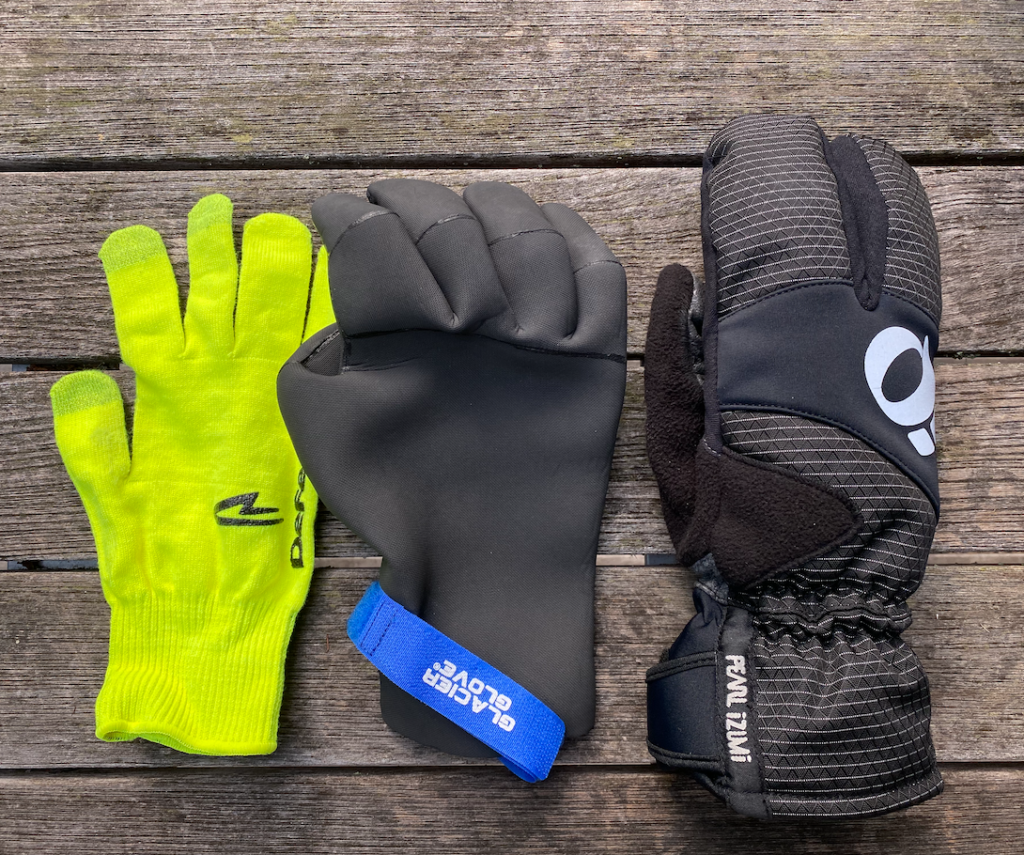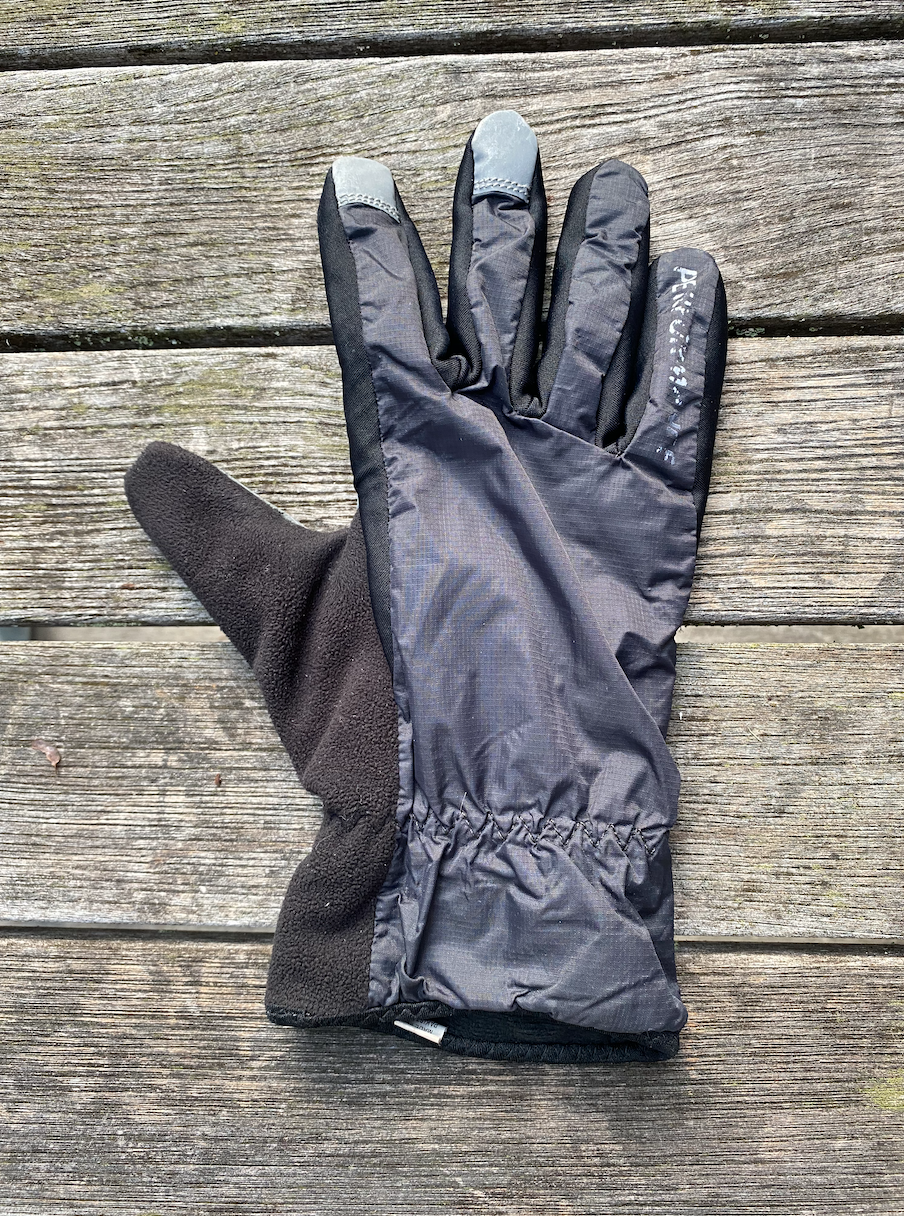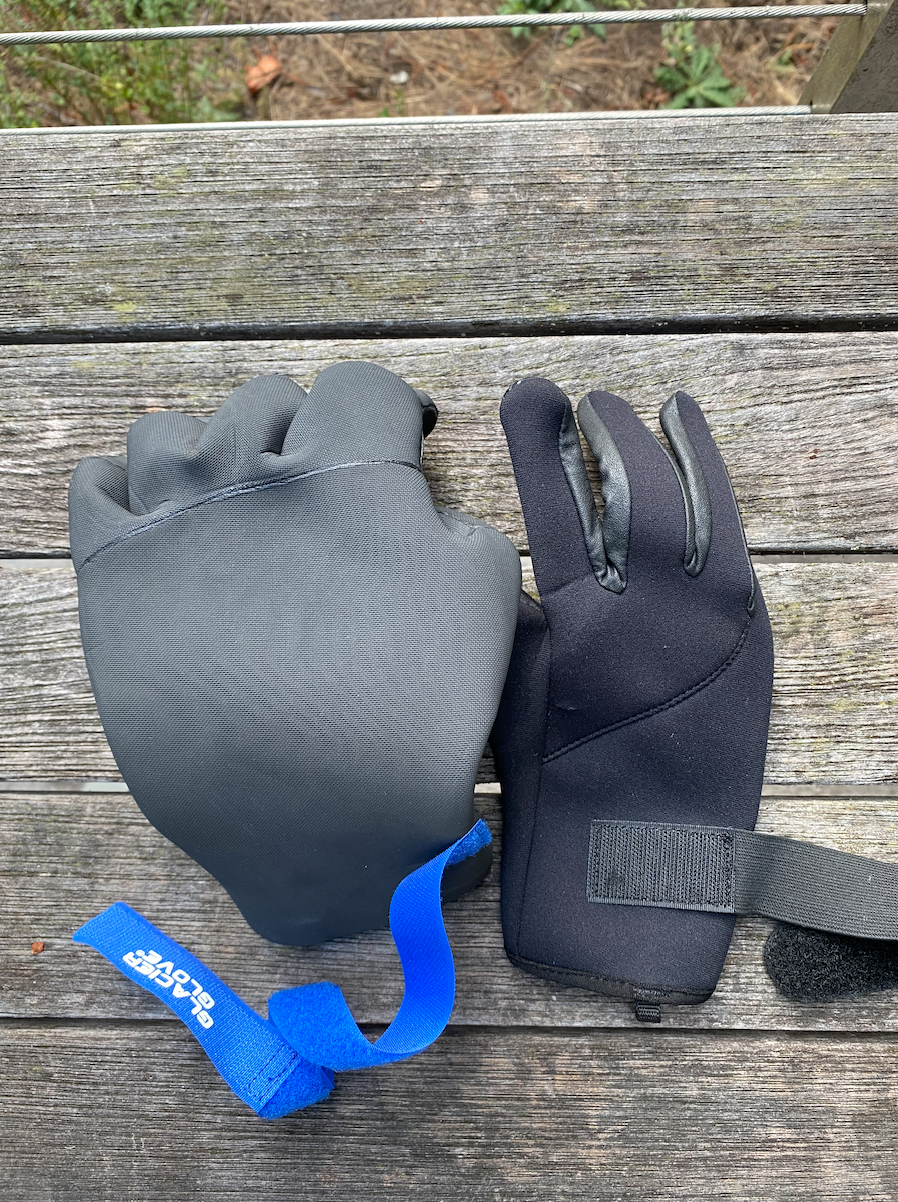The best gloves for cycling, head to head testing
|
I get chronically cold hands when cycling. Over the years I tried and accumulated countless types of gloves for cold weather riding, with mixed results.  TL;DR: The three types of gloves you need are knit gloves, neoprene gloves, and lobster claws. Methodology – how to know which gloves really work best Here are a few general lessons I learned The Three Cycling Gloves that Work Knit gloves – for cool, dry, or damp days These gloves are popular, inexpensive, and fit easily in a jersey pocket. While most glove models change so frequently that it’s hard to replace a favorite, DeFeet, to their credit, has offered these virtually unchanged for years. They’re available in polyester or wool. I have a slight preference for the wool ones but testing didn’t reveal big differences between them. Over and over again in my tests I was surprised and impressed by how well these gloves worked even on damp days and light rain. They consistently bested heavier, more windproof gloves in head to head testing in all conditions. They also provide really good control and touch on the handlebars and don’t fatigue your hands and arms (but they offer little protection in crashes). Neoprene Gloves – for cold, wet days Nothing works great in wet weather but the best option I’ve found is neoprene gloves. These are made from the same material as a wetsuit and work on the same principle – they trap a bit of moisture near your skin and allow your body heat to warm that moisture. These gloves come in different thicknesses of neoprene. The 2mm thickness is pretty common but I usually need the 3 mm thickness to keep my hands warm. Some cycling gear companies offer gloves made from neoprene. A company called Glacier Glove offers high quality neoprene gloves for many applications. Neoprene gloves have two disadvantages. They don’t pack very small and they dull your feel and grip on the handlebars, which can lead to hand and arm fatigue on long rides. But when it’s really raining and you need some gloves for warmth, neoprene gloves are the best choice. Lobster Gloves When it’s really cold (for me this is under 40 degrees F.) nothing works as well as lobster gloves. This is a mitten-like design with a split between the ring finger and the middle finger. The fingers work together to keep each other warm and the roomy design allows for decent venting and evaporation. They are bulky and hard to carry, and the unique style can make it hard to control the bike, so use them with caution. Lobster gloves made for skiing work just as well as purpose-built cycling lobster gloves and are sometimes a bit cheaper. There are two other types of gloves that may have some use. A very thin knit glove liner can provide a bit of warmth and packs to almost nothing, but I found no conditions under which I needed these and couldn’t get by with bare hands. For sub-zero temps, snow riding and other extreme cycling, a friend recommended leather winter work gloves, like those worn by chair lift operators, with the cuffs open for venting. In my limited experience these work amazingly well but I live in a moderate climate so I haven’t tested them extensively. By running head to head tests with different gloves on each hand I gained a better understanding of which gloves works best for me. If you suffer from cold hands when cycling, try some of the ideas and gloves described above, and, even better, try different gloves on each hand and see for yourself what works best for you. |


